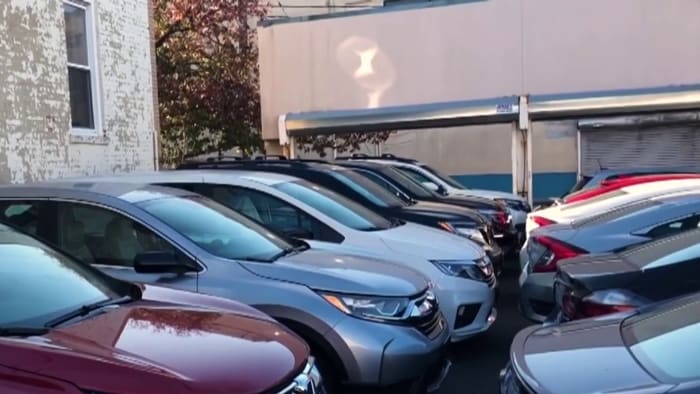Cars, trucks and SUVs have become more fuel efficient over the past decade, but at what cost? Are you footing the bill for greener travel?
We’re working for you to share a new Consumer Reports analysis that reveals surprising results.
Today, everything seems more expensive, and with inflation, gas, groceries, and even utilities cost much more than they did 20 years ago.
So as cars have become more complex, with regulations demanding better fuel efficiency and safety, it’s easy to assume that the price of a new car must also be higher.
So Consumer Reports dug into the data, looking at the prices of hundreds of cars it bought over nearly 20 years.
“Our analysis found that between 2003 and 2021, the price of new vehicles did not increase after we adjusted for inflation,” said Chris Harto of Consumer Reports.
This is despite some big improvements. CR said average fuel economy improved by 30 percent, saving consumers an average of seven thousand dollars in lifetime gas costs per car.
There were also significant gains in safety, with improved protection and technology to help avoid a crash; electronic stability control and backup cameras are now standard on new vehicles. And many manufacturers now include automatic emergency braking and blind spot warning.
But even if individual vehicle prices stay the same, the data shows people are paying more for new cars – why?
“Consumers are buying more expensive vehicles,” Harto said.
CR said SUV sales have doubled, while sales of less expensive sedans and wagons fell by almost the same amount.
CR’s top tip the next time you go to the dealership: choose what you choose, don’t buy “more vehicle” than you need.
It can cost you in financing, insurance, fuel economy, maintenance and depreciation over time.
Copyright 2023 by WSLS 10 – All rights reserved.


